The memories of Ceredigion residents have been shared for a project to mark the 80th anniversary of VE Day.
Authors Hugh Morgan and G J Lewis, who spent 30 years interviewing World War Two veterans, have collated them for new book, ‘World War Two: Voices from Wales’.

Some interviews go back several years, including Iori Lewis, of Aberystwyth, who recalls VE Day 1945.
“I was in Kiel in northern Germany with the 7th Armoured Division early in May,” he remembered.
“We were packing up [to carry on into Denmark] when they announced the war was over. Didn’t expect it. I can’t describe it. Flummoxed – you know, it just didn’t sink in. It took days to realise that the thing was finished. You felt lost. I looked at the gun and I said, ‘I don’t need that any more’.
“If only it had finished a few days before, we’ d have kept a few more lives, because some people were killed in the last couple of days.”

Pauline Penrose of Llechryd, a WAAF plotter during the war, said: “We had our mess right on the edge of the airfield [North Weald] and we could see the planes going off and very often we could stay there and try and count them as they came back. And so often they didn’t all come back. It was very upsetting because you got to know them, some of the pilots.”

Aberaeron’s George Duffee survived thanks to members of the resistance in France who helped him after he had been shot down.
“They were ordinary people, but extraordinary in their behaviour. It’s very difficult to appreciate, but resistance is something you hang on to if someone tries to take freedom away from you.
“They knew if they were apprehended by the enemy, they would go to concentration camps or, in some cases, be shot. So they took a big risk. I cannot emphasise the dedication and valour of these helpers. They were splendid.”
John and Adelaide Martin of Tan-y-groes, near Aberporth, met at a dance in Northamptonshire in1943, John was an RAF wireless operator and Adelaide a WAAF flight mechanic at RAF Little Rissington, servicing Airspeed Oxfords.
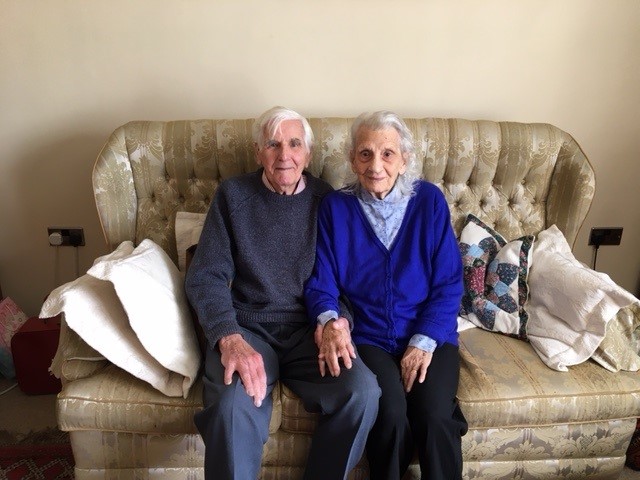
John’s Lancaster was shot down on a bombing raid on Berlin.
“I tried the dingy hatch but that wouldn’t move, and just thought to myself, ‘Well, that’s my lot.’ The next thing I heard was this enormous explosion, and I was knocked unconscious.
“I half came to outside of the aircraft, and saw this huge piece of Lancaster sail very closely past me and then my parachute jerked me into consciousness. I don’t remember pulling the ripcord at all and what I imagine happened was that the ripcord got tangled up by the wreckage of the aircraft and was snagged by that. So I was extremely lucky.”
John was picked up, interrogated for several days, and then spent the rest of the war as a POW.
Jean McKay, from Aberporth, told the authors about her training as a WAAF – but also about the period before that, when she worked inside the corridors of power in Whitehall during the Blitz.

“If anything had been bombed the night before, they would send it through on a teleprompter and we’d have to take it down to Mr Churchill in the War Rooms. And if anything needed repairing, he’d arrange for it to be repaired. He was very nice. He just said, ‘Good morning’, when I handed him the information, that was all, but I was only 17 at the time.”
Mary Bott MBE – who after the war became a primary school teacher in Ceredigion – joined the Land Army.

“I landed up in Llangeitho for a couple of months, [then] I went to Llanarth and I worked there for nearly a year, and then I moved to a place outside Aberystwyth.
“I learnt to milk cows and then I had to clean out the stables and help out with the hay. I used to get up at half past five in the morning and I wouldn’t finish until half past six at night. I had fun.”
The authors have interviewed more than 50 airmen, sailors, soldiers, members of the special forces, and women from the Land Army, the Women’s Royal Naval Service (the Wrens), and the Women’s Auxiliary Air Force.
“As a child growing up during the mid-50s and swinging 60s, I was accustomed to living in a society of men and women, including several close relatives still only in their early 40s, who had been through the hell of WW2 just 20 years earlier,” said Mr Morgan.
“Sadly, the veterans I knew back then are now almost all gone. But the joy and immense privilege of interviewing so many over the years has always stayed with me, their jaw-dropping memories so vivid and powerful.”
Dame Siân Phillips, who has written the book’s foreword, said: “This book brings us the words of people who were at the places and battles which have gone down in history. The Battle of Britain. Dunkirk. El Alamein. D-Day. Arnhem. Nagasaki.
“The power of their words allows us to look afresh at these momentous events and to reconsider them from the point of view of the ordinary person thrown into extraordinary circumstances.”
‘World War Two: Voices from Wales’ by Hugh Morgan & G J Lewis (£12.99, Y Lolfa) is published on VE Day, 8 May.
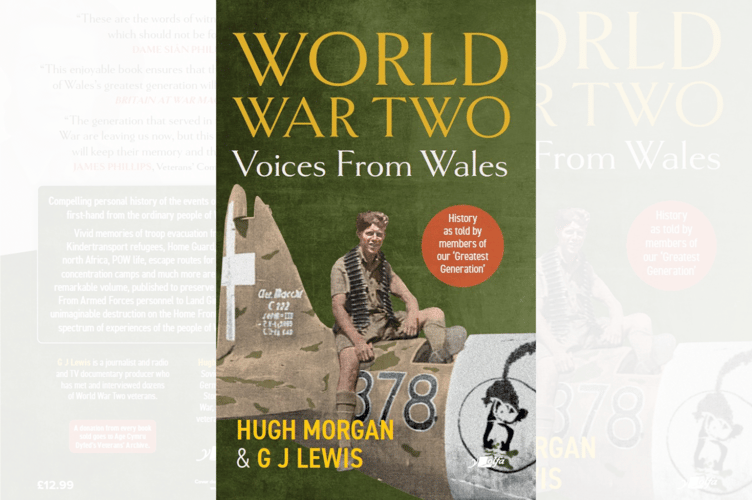

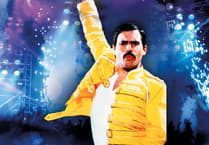
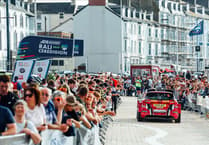
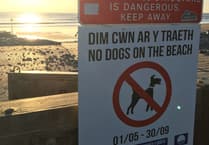
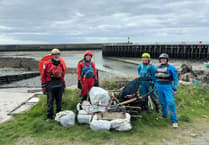
Comments
This article has no comments yet. Be the first to leave a comment.